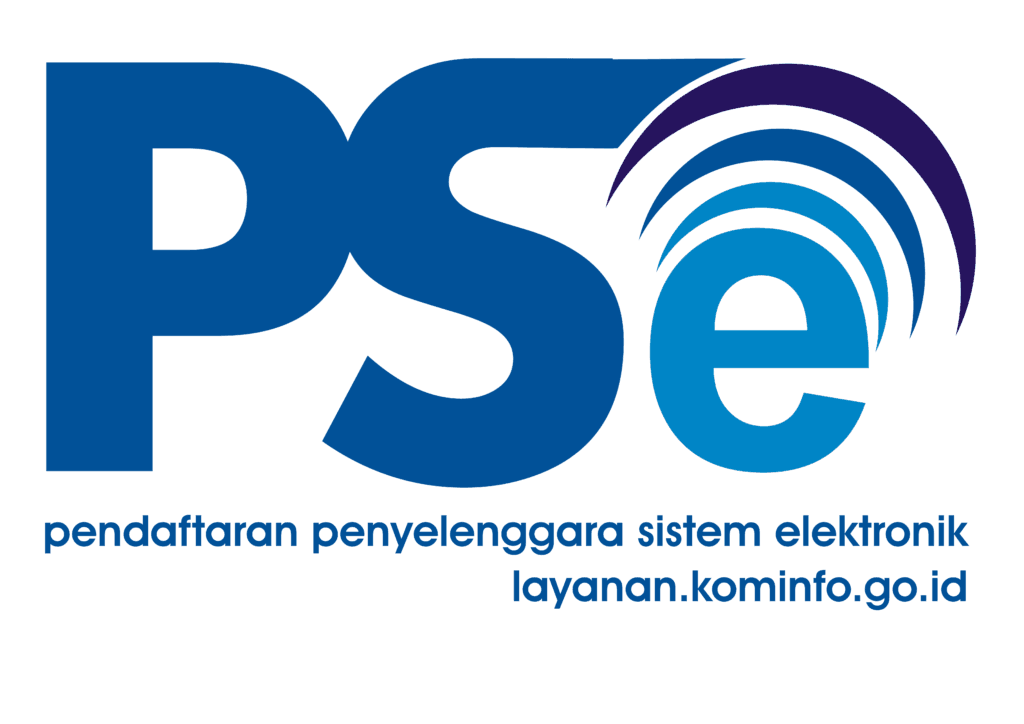
- PLTB utilizes wind as its main energy source. Therefore, PLTB is included in EBT (New, Renewable Energy). Currently, many countries are switching from fossil fuel or coal-fired power plants to PLTB.
- Even though many countries have implemented it, it doesn’t mean PLTB doesn’t have any drawbacks at all.
- As the wind energy business grows and expands, researchers continue to try to figure out ways to decrease the impact wind turbines have on wildlife.
PLTB utilizes wind as its main energy source. Therefore, PLTB is included in EBT (New, Renewable Energy). Currently, many countries are switching from fossil fuel or coal-fired power plants to PLTB. One of them, China. The Bamboo Curtain country is now in the lead as the country that uses the most PLTBs as an energy source for electricity generation.
Even though many countries have implemented it, it doesn’t mean PLTB doesn’t have any drawbacks at all. Because no matter how sophisticated a power plant is, there are still advantages and disadvantages. The following are the advantages and disadvantages of PLTB.
The Good Side of Wind Energy
Environmental
Unlike fossil energy, coal and natural gas PLTB do not produce greenhouse gas emissions. Although there are some environmental considerations that go with building a wind farm, once operational wind turbines do not require burning fossil fuels. In addition, wind energy is completely renewable and will never run out. If wind turbines are rolled out on a large scale they can help reduce significantly the amount of CO2 emissions therefore help in the prevention of global warming. Some carbon emissions are created in the production of the turbines however when they are fully functional they eliminate zero waste.
Economic
Eventhough the production costs incurred are not small. However, once-run operating costs are relatively low, as wind is free and receives far fewer government subsidiaries. It also helps revive rural communities and creates more green energy jobs. The production of wind turbines also increases jobs in the metals industry; this is expected to continue to increase as wind farms become more common.
Also Read
The Bad Side of Wind Energy
Environmental
The effectiveness of wind turbines in generating electricity depends on the weather. Therefore, it is difficult to predict exactly how much electricity a wind turbine will generate over time. If the wind speed is too low on any given day, the turbine rotor will not turn.
This means that wind energy is not always available for delivery when demand for electricity increases. To use wind energy exclusively, wind turbines need to be paired with some sort of energy storage technology.
In addition, Thousands of birds and bats are killed each year by wind turbines due to collisions with the blades. However, even more birds are killed by flying into buildings and power cables! Independent studies, such as the Bentek study, have looked at the CO2 savings by implementing wind farms and found them to be miniscule. The noise produced by wind farms can also be extremely disruptive to communities.
Economic
The initial costs of creating wind turbines and setting up the wind farms is extremely costly, as well as producing substantial amounts of CO2. The initial costs of setting up the wind farms will have an impact on tax costs. The number of wind turbines needed to produce enough electricity for a town of around 100,000 homes (when one turbine working at full capacity can only produce enough for 475 homes) isn’t commercially viable.
Also Read
Measures have been employed to try to reduce the impact of wind turbines on wildlife. One example is better siting of wind turbines in areas with smaller wildlife populations. Another is upgrading older turbines with designs that are more wildlife-friendly, such as flaps that deter a bird’s flight into the rotors. And some wind farms are shutting down during bird and bat migrations if they are located along migratory routes. Whether any or all of these measures are helping is unclear at this point. As the wind energy business grows and expands, researchers continue to try to figure out ways to decrease the impact wind turbines have on wildlife.
References:
[1] Wind farms… the good, the bad and the ugly
[2] Wind farms: What are the pros and cons of wind energy?
[3] Kelebihan dan Kekurangan PLTB (Pembangkit Listrik Tenaga Bayu)



Comment closed